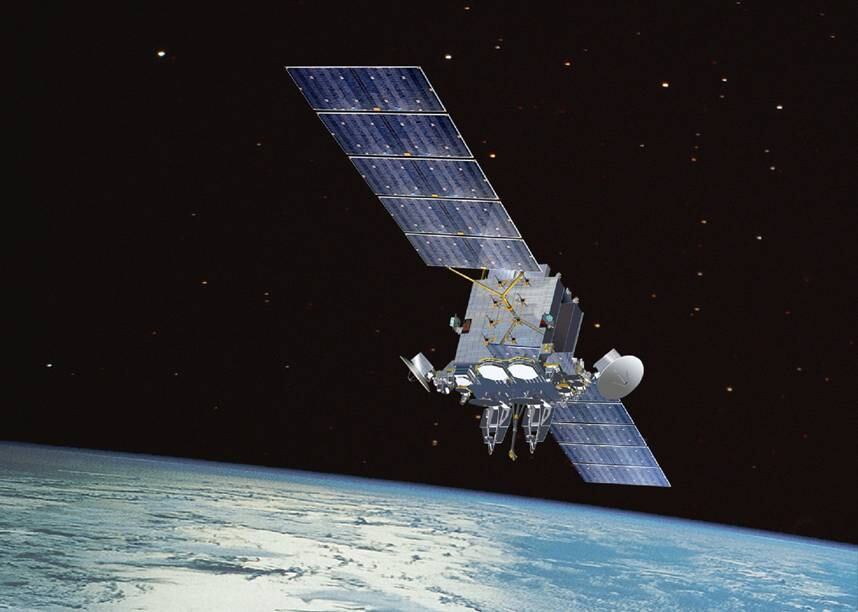Air Force Space Command declared initial operational capability for the Advanced Extremely High Frequency satellite network in late July, and early reports show significant improvements in capacity and throughput over the legacy network. a major milestone for an $11.7 billion project more than five years in the making.
The AEHF network plays two major roles. It ensures strategic communications, including nuclear command and control, for the president and strategic decision-makers. It also enhances protected communications among the tactical community.
The $11.7 billion project has been underway for more than five years. The first AEHF launched in August 2010 and reached its operational geosynchronous earth orbit October 2011. The AEHF-2 spacecraft went up on May 4, 2012, and the AEHF-3 spacecraft launched Sept. 18, 2013.
AEHF plays two major roles. It ensures strategic communications, including nuclear command and control, for the president and strategic decision-makers. It also enhances protected communications among the tactical community.
The July IOC declaration indicates the system is delivering 10 times the capacity of the legacy five-satellite Milstar network and five times the throughput, said Col. Stephen Purdy, chief of Space and Missile Systems Center’s protected satcom division. It means the system is now providing extensive coverage of the Earth’s surface between latitudes of 65 degrees north and 65 degrees south.
Multiple domestic and international partners have collaborated to stand up AEHF and confirm its operational status. These include Headquarters Air Force Space Command, Space and Missile Systems Center, U.S. Army, U.S. Navy, and the developers Lockheed Martin and Northrop Grumman. International partners include the United Kingdom, Canada and the Netherlands.
In addition to further hardening strategic communications, the AEHF network will give fighters on the ground greater tactical capabilities, Purdy said, for example by making real-time video more readily available.
"As you get the added bandwidth, you get new options for how to tackle a situation," he said. "The key word here is flexibility. This offers them considerable additional flexibility to do different things based on how they want to do their operational planning. It opens up a playbook for them."
At the same time, AEHF will not likely be the tactical network of first choice. Given the limited number of satellites and the higher priority of the strategic mission, planners will not turn to AEHF except in situations of specific need. "This is still a precious resource," Purdy said.
Further AEHF launches are planned for 2017, 2018 and 2019.
RELATED: Satcom for tactical forces C2








